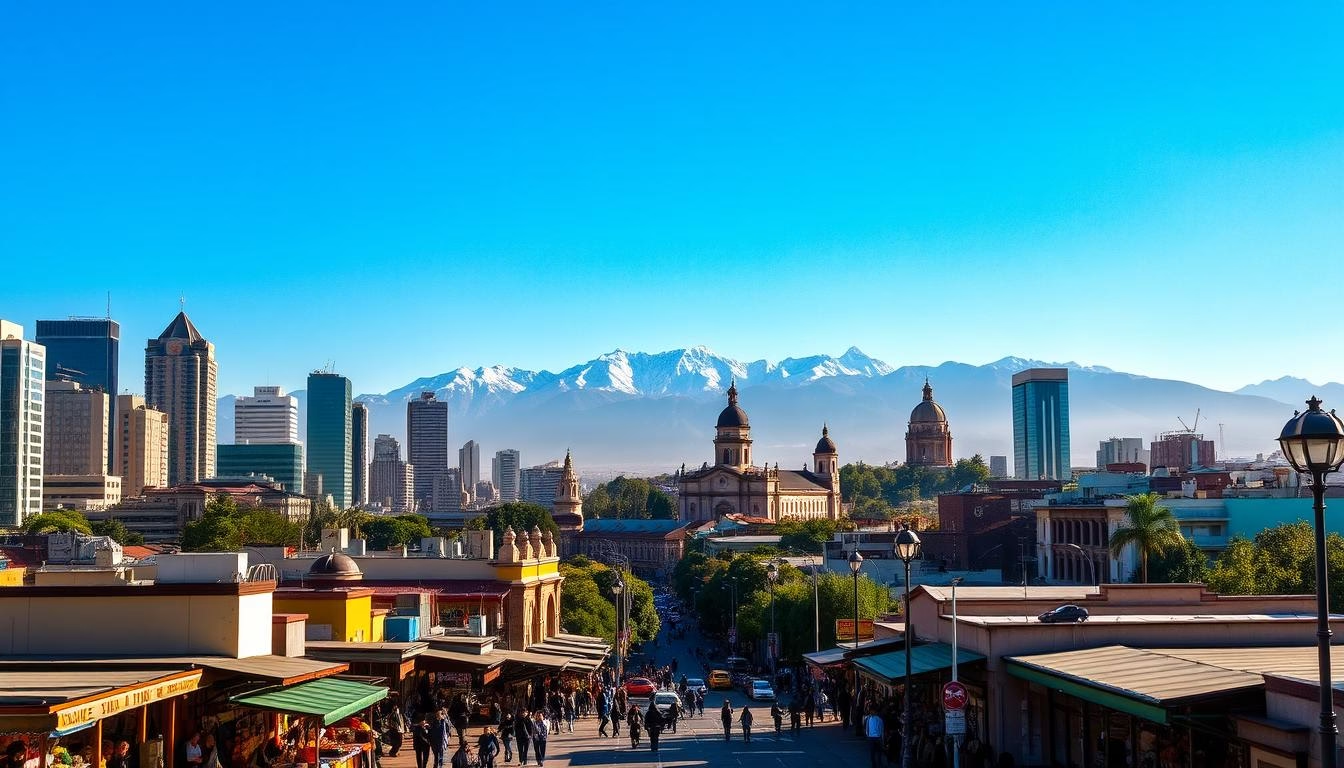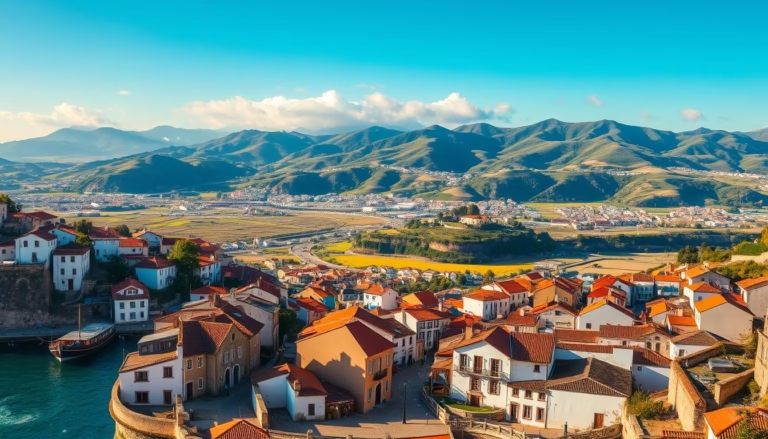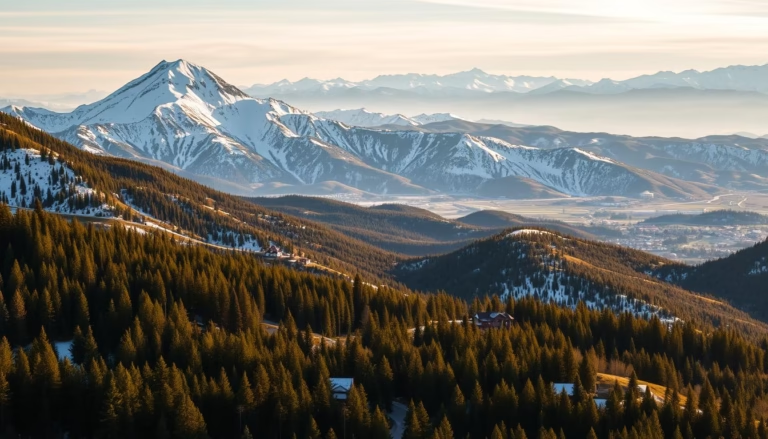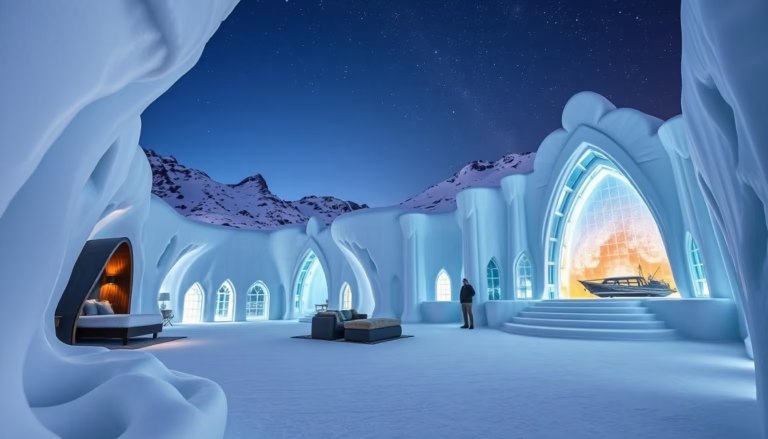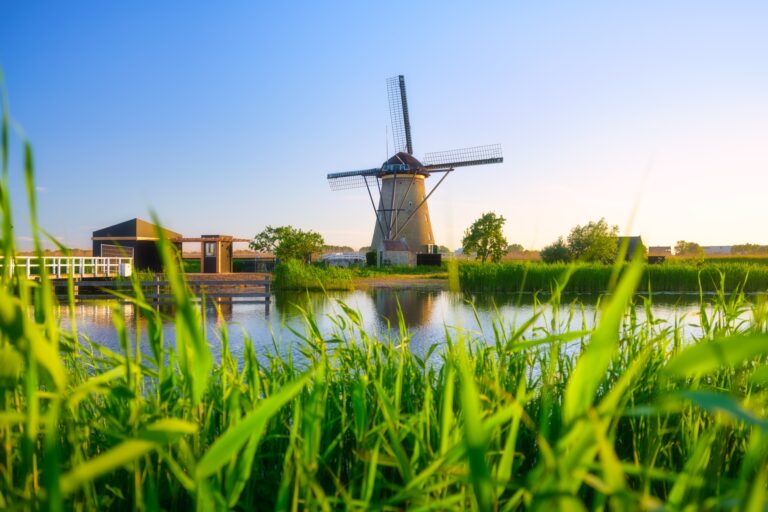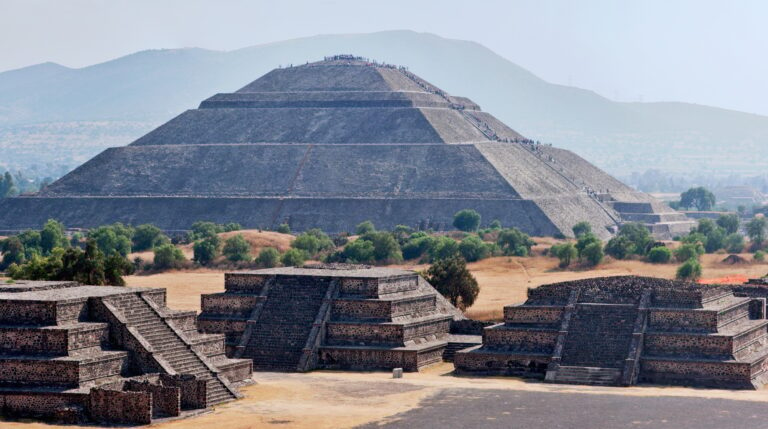Best Cities to Visit in Chile: Travel Guide & Tips
Chile holds a title few travelers expect: #1 in South America for adventure tourism, drawing over 1.5 million thrill-seekers annually. This sliver of a nation stretches farther than New York to Los Angeles, with landscapes so varied you’ll swear you’ve crossed continents, not just regions.
From the Mars-like dunes of the Atacama Desert to Patagonia’s jagged peaks, this country defies expectations. Its 4,200km length creates microclimates where you can ski volcanic slopes and lounge on sunny beaches in the same week. Urban gems like Santiago blend modern energy with colonial charm, while coastal towns serve fresh seafood beside crashing Pacific waves.
This guide unlocks Chile’s diversity. Learn when to chase autumn colors in wine valleys or spot penguins on glacial fjords. Discover how local cultures shift from northern altiplano traditions to southern gaucho heritage. We’ll help you navigate transportation quirks and pack for deserts, rainforests, and everything between.
Key Takeaways
- Chile ranks as South America’s top adventure destination
- Unique geography spans deserts, mountains, and coastlines
- Optimal travel times vary by region due to climate zones
- Cultural experiences shift dramatically across latitudes
- Efficient domestic travel options connect diverse areas
- Combines urban sophistication with raw natural beauty
Introduction to Chile’s Diverse Urban Destinations
Where else can you sip morning coffee with mountain views and surf Pacific waves by afternoon? Chile’s urban hubs serve as living postcards, framed by snow-capped volcanoes and sapphire coastlines. These aren’t just places to sleep—they’re cultural bridges connecting travelers to the country’s wild heart.
Overview of Chile’s Rich Landscapes
The Andes act as nature’s skyscrapers here, their peaks visible from downtown plazas in Santiago. Coastal cities like Valparaíso tumble down hillsides toward roaring surf, while northern settlements bask under the Atacama’s starry skies. This geography doesn’t just decorate horizons—it shapes local lifestyles.
You’ll find ski resorts 90 minutes from metropolitan wine bars. Fishing villages neighbor UNESCO biosphere reserves. The world’s driest desert meets fertile valleys where pisco grapes grow beside cacti. Each city becomes a basecamp for exploring these contrasts.
What Makes Chile a Top Travel Destination?
Chile packs more ecosystems into one country than most continents offer. Over 40% of global copper reserves lie beneath its soil, but the real treasure sits above ground. From penguin colonies to geothermal springs, adventures begin where paved roads end.
Urban planners here treat nature as a neighbor, not an obstacle. Hiking trails start at city limits. Seafood markets source daily catches from visible bays. As one local chef puts it: “Our cities taste like the land and sea around them.” This harmony between built environments and raw wilderness defines the Chilean travel experience.
Exploring the Best Cities to Visit in Chile
Chilean urban centers act as living museums where past and future collide. Cobblestone streets lead to glass-walled innovation hubs, while 18th-century plazas host augmented reality art installations. This dynamic tension creates spaces where every corner tells a story.
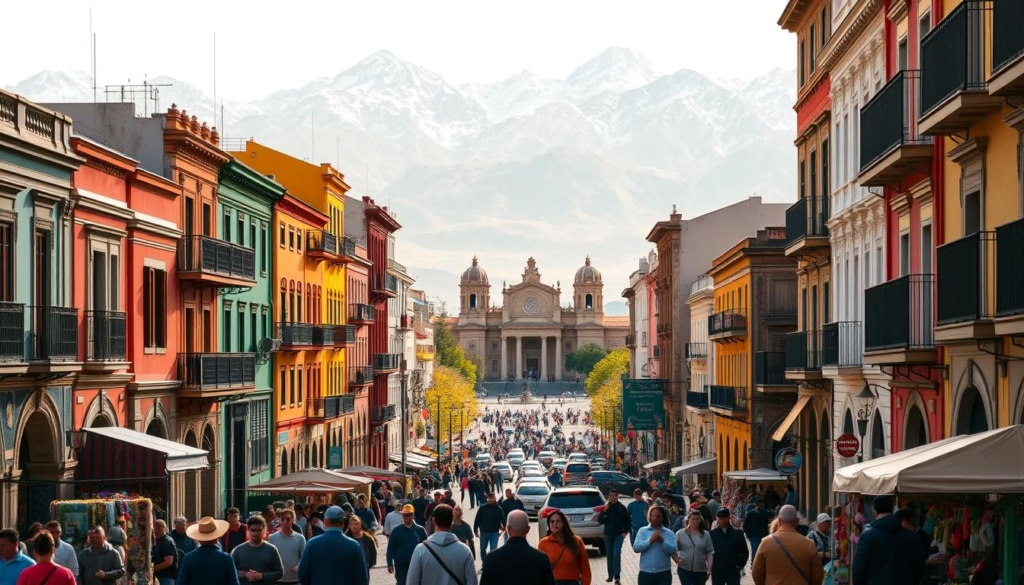
Iconic Urban Highlights
Valparaíso’s rainbow-colored hillsides showcase UNESCO-protected architecture alongside gravity-defying funiculars. In Santiago, the Centro Cultural La Moneda displays pre-Columbian artifacts beneath a titanium-clad modern marvel. Northern hubs like Arica reveal ancient geoglyphs etched into coastal cliffs centuries before skyscrapers rose.
Coastal Iquique stuns visitors with its wooden nitrate-era mansions. These Victorian relics stand minutes from surf beaches where locals ride waves at sunset. The blend of historical sites and contemporary energy defines Chile’s urban character.
Cultural Heritage and Modern Trends
Indigenous Mapuche influences surface in Temuco’s markets, where traditional silver jewelry shares stalls with 3D-printed designs. Valparaíso’s open-air galleries transform building walls into political commentary canvases. Even the metro systems double as art spaces – Santiago’s Baquedano station features rotating underground exhibitions.
New culinary movements thrive beside ancestral recipes. Chefs in Concepción pair age-old curanto stews with experimental seaweed-infused cocktails. Meanwhile, urban renewal projects repurpose heritage buildings into eco-friendly co-working spaces, proving Chile’s culture evolves without erasing its roots.
Santiago: The Pulsating Heart of Chile
Where skyscrapers meet snow-capped peaks, Chile’s capital pulses with contagious energy. This city of 7 million serves as South America’s sleekest gateway, with direct flights connecting global travelers to its urban charms and natural wonders.
Urban Excitement and Local History
Bellavista’s rainbow houses hum with bohemian spirit, while Lastarria’s cobblestone lanes whisper colonial tales. The Metropolitan Cathedral dominates Plaza de Armas, its baroque facade hiding 250 years of history. Don’t miss the contrasting architectural styles that make this metropolis a living timeline.
San Cristóbal Hill’s cable-car delivers jaw-dropping views stretching from Andean peaks to urban sprawl. Locals joke you can ski powder and sip Malbec within 90 minutes here – a claim few world capitals can match.
Essential Sights and Hidden Gems
Central Market’s seafood stalls overflow with razor clams and sea urchins, while Patronato district hides family-run emporiums selling Mapuche textiles. For sunset cocktails, seek rooftop bars framing the city against mountain silhouettes.
Artisans in Persa Bío Bío flea market craft copper jewelry beneath faded cinema marquees. These places reveal Santiago’s soul beyond guidebook highlights. Pro tip: Use the capital as home base for day trips to Casablanca Valley vineyards or Andean ski resorts.
Puerto Varas and the Lakes Region Experience
Imagine sipping German-style beer while watching sunset colors dance across a snow-capped volcano. This surreal experience defines Puerto Varas, where Alpine charm meets South American wilderness. Nicknamed “The City of Roses,” this lakeside gem blends European heritage with untamed natural beauty.
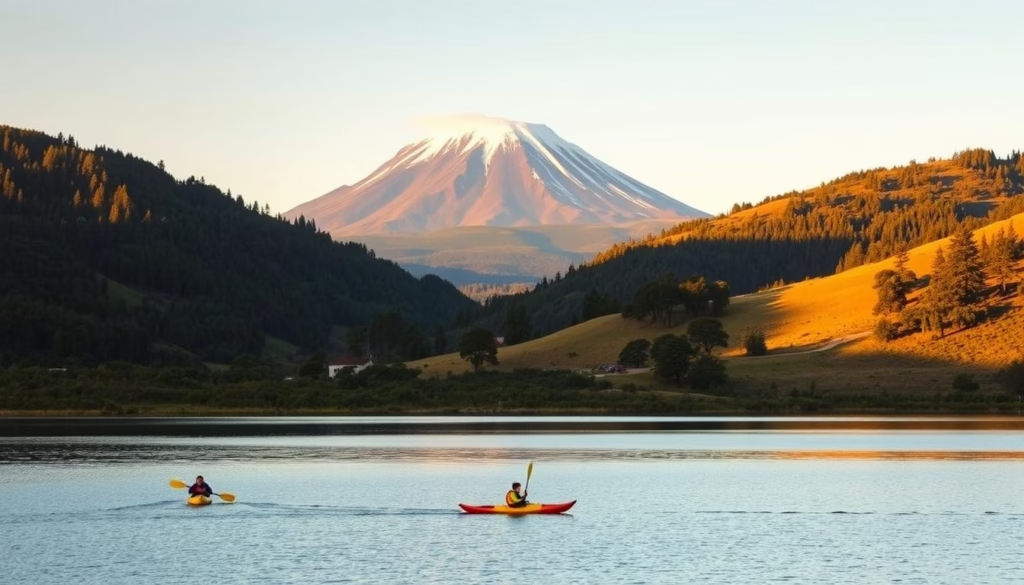
Scenic Waterfronts and Volcanic Views
Lake Llanquihue’s glassy surface mirrors the iconic cone of Mount Osorno, creating postcard-perfect vistas at every turn. Kayakers glide past black-sand beaches as fishermen cast lines for rainbow trout. The 40km lakeshore bike path lets you explore hidden coves and German-style tea houses.
Wooden chalets with carved balconies line streets named after early settlers. Don’t miss the iconic Sacred Heart Church – its red roof pops against the volcano backdrop. Local guides joke: “Our town is Switzerland with better weather and fiercer landscapes.”
Adventure seekers flock to Petrohué’s emerald cascades, where volcanic rocks sculpt roaring waterfalls into natural jacuzzis. Hot spring resorts nestle in ancient forests, offering soaks with views of Andean peaks. For epic journeys, the Cruce Andino tour connects seven lakes across Chile and Argentina via catamarans and mountain roads.
Reach this alpine paradise through Puerto Montt Airport – a 20-minute drive brings you to rose-filled plazas and fresh kuchen pastries. Whether hiking volcano trails or cruising fjords, Puerto Varas delivers lakes district magic at its most concentrated.
Embracing the Authentic Charm of Valparaíso
Where weathered port meets creative explosion, Valparaíso pulses with raw energy. This labyrinthine city clings to coastal cliffs like a mosaic of dreams, its 42 hillsides draped in kaleidoscopic homes and rebellious murals.
Vibrant Street Art and Bohemian Culture
Valparaíso’s alleys tell stories through spray cans and brushes. Over 5,000 murals transform staircases into political manifestos and building walls into surrealist canvases. Locals joke: “Our graffiti has more layers than our history.”
The century-old heritage funiculars – 16 rickety elevators still operational – creak their way up vertigo-inducing slopes. At the top, cerro Alegre reveals panoramic views of colorful rooftops tumbling toward cargo ships in the bay.
This UNESCO World Heritage Site thrives on contrasts. Poets debate in cafés beneath laundry-draped balconies. Fishmongers hawk catches beside avant-garde galleries. The way life unfolds here – equal parts grit and whimsy – captivates travelers seeking authenticity.
Don’t miss neighboring Viña del Mar. Just 15 minutes north, this beach resort offers polished sands and palm-lined promenades. But Valparaíso’s soul lingers in its crooked staircases, where stray dogs nap beneath murals of revolutionary heroes.
Patagonia Adventures: Torres del Paine and Beyond
Patagonia redefines “wild” with every gust of wind whipping across its granite cathedrals. At its heart lies Torres del Paine National Park, where jagged peaks pierce cobalt skies and glacial rivers carve paths through ancient rock. This UNESCO Biosphere Reserve serves as South America’s ultimate outdoor playground.
Trekking Essentials and Glacial Landscapes
The park’s legendary W trek draws hikers to its postcard-perfect valleys, but savvy adventurers opt for the 9-day O Circuit. “You’ll trade crowds for condors and glaciers that sing when the ice shifts,” notes local guide Marisol Fernández. Essential gear includes:
- Windproof layers (Patagonia’s gusts reach 80 mph)
- Multi-season sleeping bag
- Waterproof hiking boots
Grey Glacier dominates the western sector, its 270-square-kilometer expanse calving icebergs into milky-blue waters. Morning light transforms the Torres del Paine massif into a fiery spectacle – arrive at Mirador Base by sunrise for nature’s greatest light show.
Local Tips for Outdoor Exploration
Book refugios 6 months ahead for peak seasons (December-February). September and April offer quieter trails with autumn’s crimson foliage or spring’s lupine blooms. Wildlife thrives here – pause near Lake Pehoé to spot guanacos grazing beneath the park’s iconic horns.
Base yourself in Puerto Natales, a 90-minute drive from park gates. The Simple Patagonia Hotel makes a cozy hub with panoramic lounge views. Remember: weather shifts faster than a puma’s sprint – pack layers and embrace the unpredictability that makes del Paine national treasures so unforgettable.
The Magic of the Atacama Desert
What if you could walk through landscapes that NASA uses to test Mars rovers? The Atacama Desert delivers this sci-fi reality, where cracked earth stretches toward horizons dotted with volcanoes. At 2,400 meters above sea level, this driest non-polar region on Earth feels more like another planet than part of ours.
Surreal Landscapes and Stargazing Opportunities
Moon Valley’s jagged ridges glow gold at sunset, while Death Valley’s dunes shift like liquid sand. The Salar de Atacama salt flats host pink flamingos wading through lithium-rich waters. After dark, the desert transforms into an astronomer’s playground. “You’ll see more stars here in 10 minutes than in a lifetime elsewhere,” says local guide Rodrigo Quiroga.
- Geysers erupting at dawn in El Tatio
- Thermal springs hidden in cactus-filled canyons
- Altiplano lakes reflecting volcanic peaks
Adventure Planning and Practical Advice
Base yourself in San Pedro de Atacama – a dusty adobe town with surprisingly chic lodges. Fight altitude sickness by:
- Drinking coca tea upon arrival
- Avoiding strenuous activity Day 1
- Eating light, carb-heavy meals
Rent a bike to explore nearby valleys or join a 4×4 tour to restricted zones like Piedras Rojas. Pack layers – daytime temps hit 77°F (25°C), while nights plunge below freezing. Don’t forget polarized sunglasses; the desert light here dazzles like nowhere else.
Chiloé Island: Heritage, Wooden Churches, and Culinary Delights
Time bends differently on this mist-shrouded island, where mythology breathes through weathered wood. Sixteen architectural wonders stand as silent storytellers, their cedar walls holding centuries of Jesuit craftsmanship and indigenous resilience.
Cultural Traditions and UNESCO Treasures
The UNESCO-listed wooden churches defy logic – built without nails, their interlocking beams withstand fierce coastal storms. San Francisco Church’s yellow facade brightens Castro’s rainy days, while Colo’s remote chapel guards ancestral secrets. Locals still share tales of ghost ships and forest spirits after sunset.
Local Cuisine and Unique Architecture
Woodsmoke curls from underground curanto feasts, where clams, pork, and potatoes steam over volcanic stones. Stilt houses called palafitos paint the waterfront in candy colors – their reflection dancing on tidal flats at low tide. Don’t miss milcao potato pancakes, best enjoyed with views of fishing boats bobbing in Dalcahue Bay.
